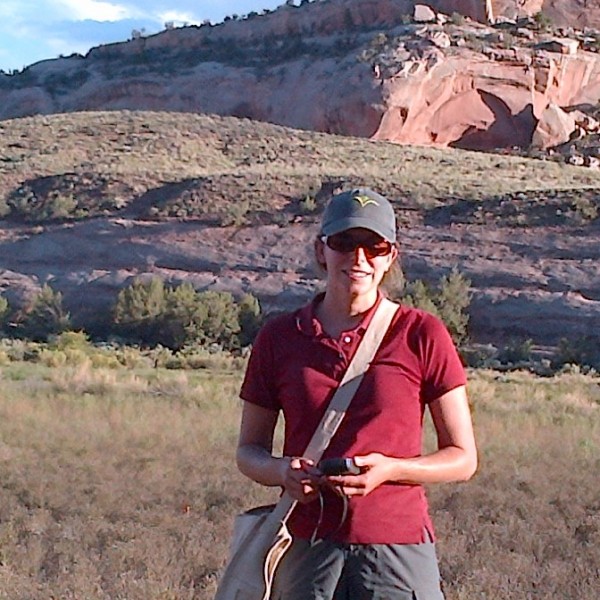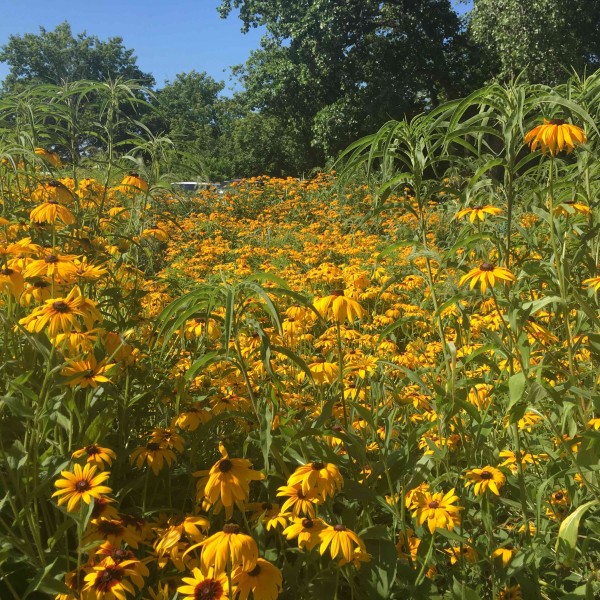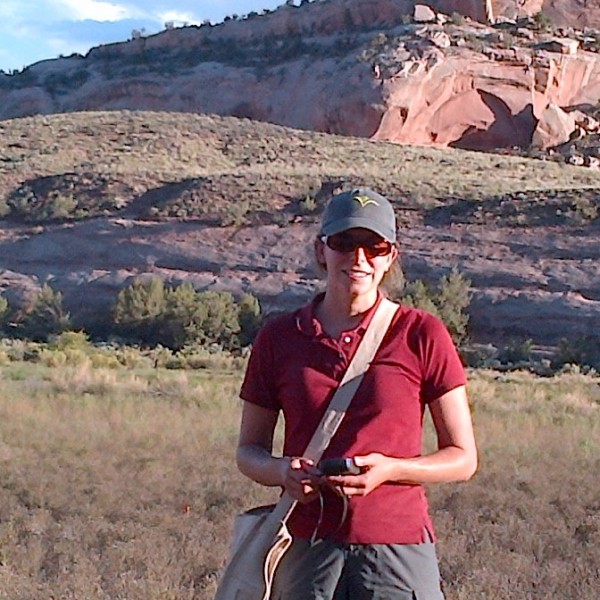Is there variation in plant root and shoot traits among populations of three tallgrass prairie species? 2022
In the greenhouse as well as the ecology and soils labs at Chicago Botanic Garden.
Ecology, Genetics, Soil & Fungal Biology, Labwork, Plant Traits
This project is part of our newly-funded collaborative Biology Integration Institute: New Roots for Restoration (see http://www.newrootsforrestoration.org/). This primarly lab-based project will explore intra- and inter-specific variation in root and shoot traits in three common prairie species (purple prairie clover, rosinweed, and little bluestem). Specifically, the intern will work with micropropagated clones grown in a greenhouse from multiple populations across the species range in the Midwest. The intern will work closely with project staff to measure above and below-ground functional traits on all plants This project is part of our newly-funded collaborative Biology Integration Institute: New Roots for Restoration (see http://www.newrootsforrestoration.org/). This primarily lab-based project will explore variation in root and shoot traits found among populations of three common prairie species (purple prairie clover, rosinweed, and little bluestem). Specifically, the intern will work with plants grown in a greenhouse from multiple populations across the range of each species in the Midwest. They will work closely with project staff to 1) collect data on root and shoot traits known to influence the ability of plants to survive under different conditions, and to 2) digitize, manage, analyze, and visualize these data to understand how different traits vary within and among populations. This information will be used to develop field-based experiments to understand how variation in functional traits impacts the diversity and function of restored plant and soil communities. REU interns will be exposed to all aspects of our collaborative Biology Integration Institute and its applications to restoration and agroecology. They will work with mentors at CBG and partners throughout our Institute.to collect and analyze data to understand how traits vary within and among species. This information will be used to develop field-based experiments to understand how variation in functional traits impacts the bidiversity and ecosystem functions of restored plant and soil communities. REU interns will be exposed to all aspects of our collaborative Biology Integration Institute and its applications to restoration and agroecology. They will work with mentors at CBG and partners throughout our Institute.




